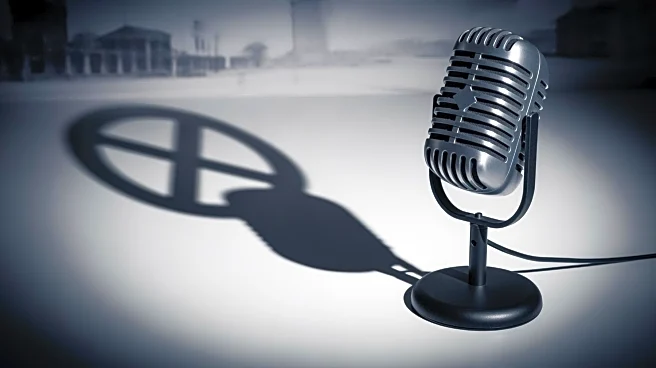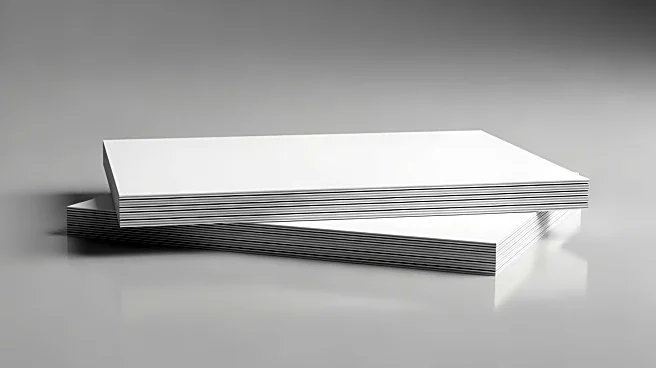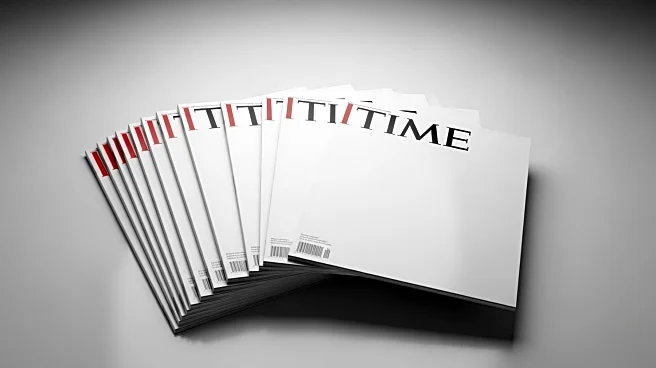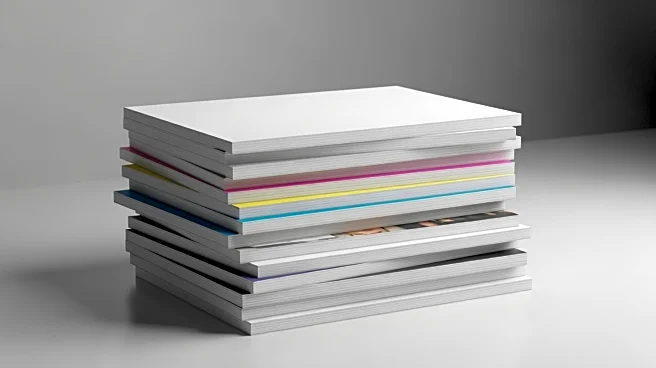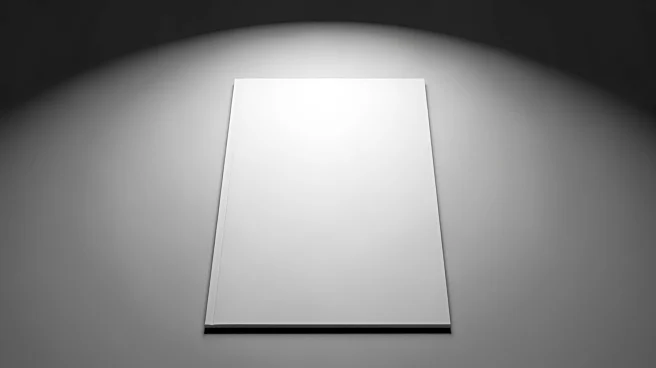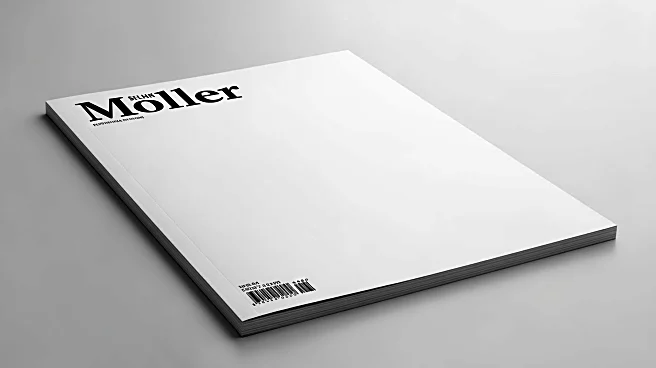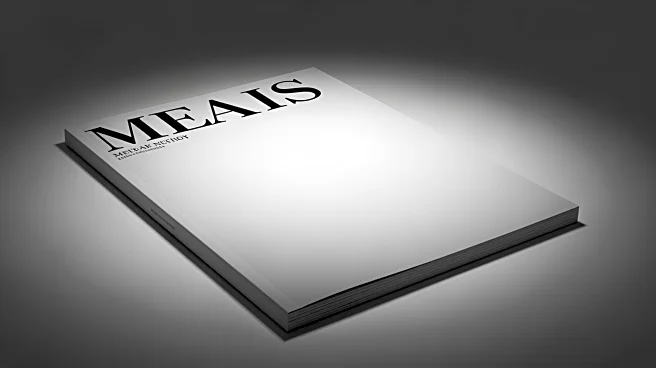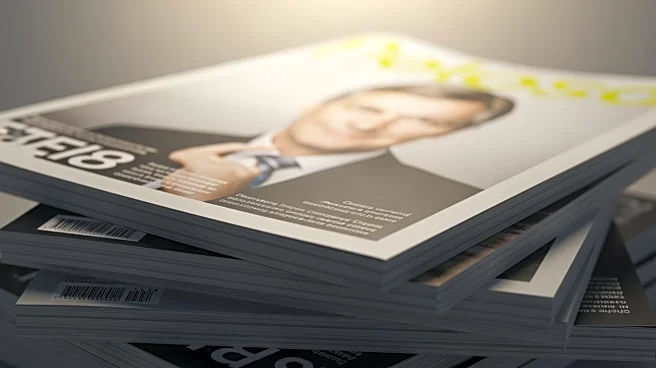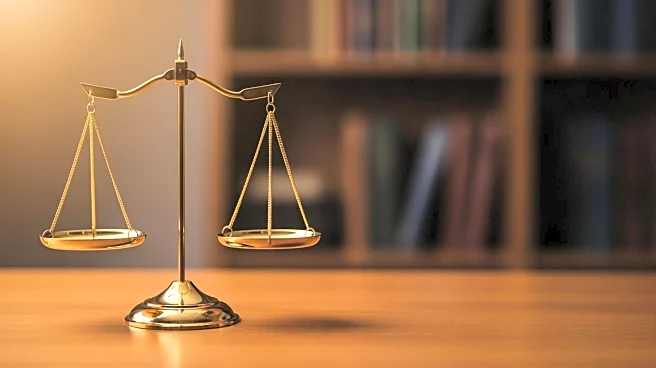What's Happening?
A recent Time magazine cover featuring President Trump has stirred controversy due to its visual resemblance to a notorious photograph of Alfred Krupp, a convicted Nazi war criminal. The cover, shot by
photographer Steven Voss, depicts President Trump in a power pose behind the Resolute Desk, with the headline 'TRUMP'S WORLD.' The composition has been compared to Arnold Newman's 1963 photograph of Krupp, known for its psychological intensity. Voss appeared to confirm the reference by liking comments on Instagram that noted the similarity. The cover accompanies a feature on Trump's role in brokering a peace deal in the Middle East, but the aesthetic choice has invited broader interpretations beyond the headline.
Why It's Important?
The controversy surrounding the Time magazine cover highlights the ongoing debate over media representation and the power of imagery in shaping public perception. The reference to a photograph of a Nazi war criminal raises ethical questions about the use of historical imagery in contemporary political contexts. This incident underscores the influence of visual media in political discourse and the potential for unintended interpretations. For President Trump, who has been sensitive about his portrayal in the media, this cover adds another layer to his complex relationship with public image and media narratives.
What's Next?
The reaction to the Time magazine cover may prompt discussions within media circles about the responsibilities of visual representation and the historical context of imagery. Time magazine and its stakeholders might address the controversy to clarify their intentions and mitigate any negative perceptions. Additionally, this incident could lead to broader conversations about the ethical considerations in political portraiture and the impact of historical references on contemporary media.
Beyond the Headlines
The use of imagery with historical connotations in political media raises questions about the ethical boundaries of artistic expression. The reference to a Nazi war criminal in the context of a presidential portrait challenges the norms of political representation and invites scrutiny of the motivations behind such choices. This incident may influence future media practices and the way historical imagery is employed in political contexts.
